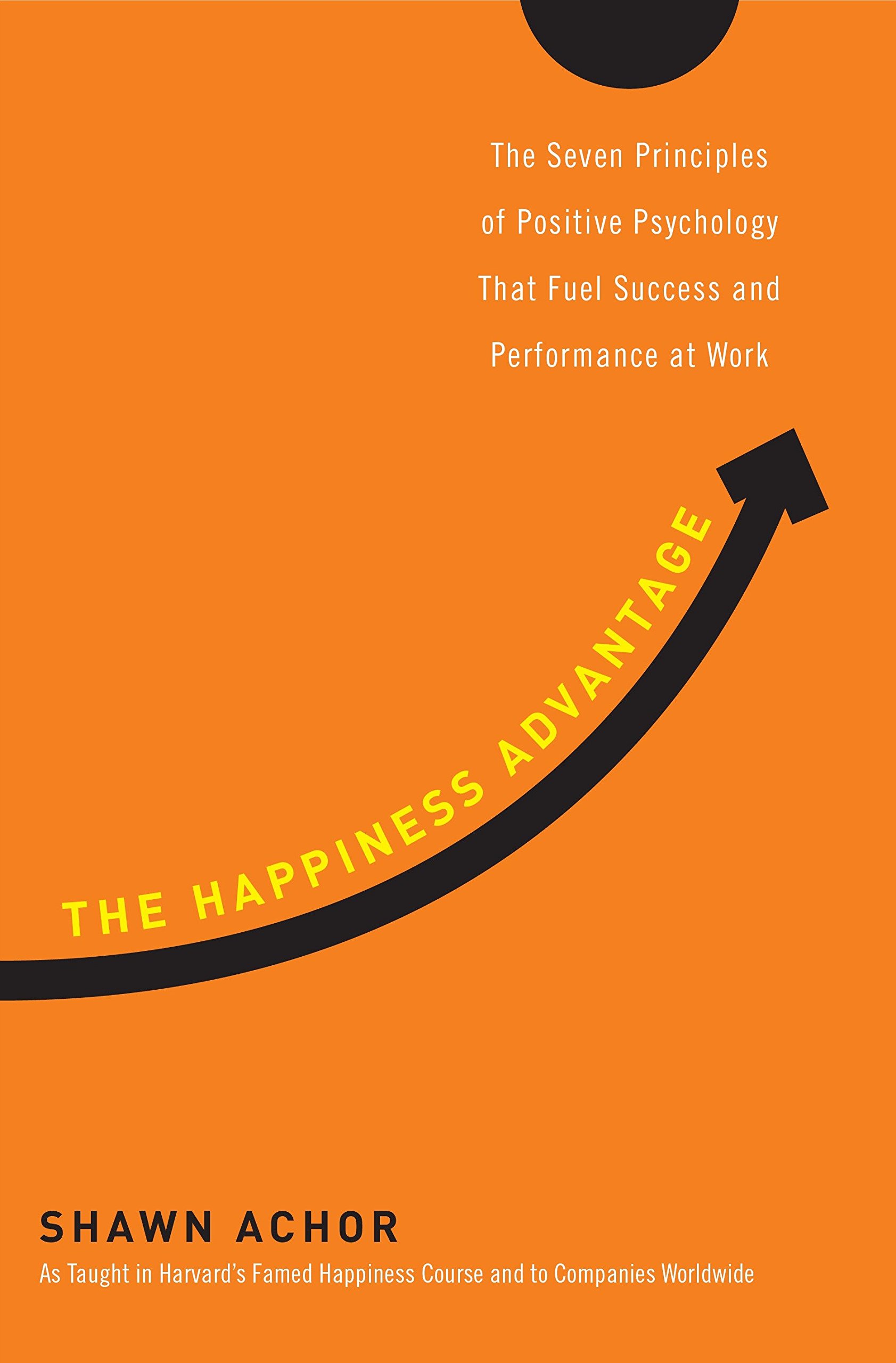Book Review: Happiness Advantage
Published:
The Happiness Advantage by Shawn Achor is a practical guide to positive psychology. He draws on case studies from various settings around the globe to prove a simple point: happiness begets success, and not the other way around. Achor synthesizes these lessons into seven principles.

Here’s the paperback and audiobook.
Utility: ⭐⭐⭐⭐ (4/5)
Writing: ⭐⭐⭐⭐ (4/5)
The book tours through dozens of examples relating to the seven principles. The variety was refreshing, but the examples themselves were often shallow and unconvincing. The narrative arc was also sometimes a little loose.
The content itself is helpful but not revolutionary. The central insight of the book is that happiness is something we can control and should be a tool, rather than an outcome. The other subjects—self-control, habit building, the role of relationships—lack novel insights and are covered better in other works. More generally, the book feels a little too bullish, using a handful of examples to make very generalized claims in various domains.
If you like self-help books, Happiness Advantage is a good, practical guide. If you’re looking for psychology research, look elsewhere.
Notes
Positive Psychology
Historically, psychology was biased towards studying negative conditions. While relieving depression is good, it doesn’t teach you how to be happy. Our lack of understanding leads us to sacrifice happiness in the hopes of success (might be happening to me right now). In reality, happiness—in contexts ranging from Zimbabwe to AmEx offices—enables success.
Happiness is not genetically determined. Both neuroscience and real-world trials show that long-term increases in baseline happiness are possible and widespread.
Principle 1: The Happiness Advantage
Happiness is “the joy we feel striving after our potential,” and it enables us to do just that. Mechanisms include:
- Health. Longitudinal studies of diaries showed that happier individuals were healthier. Happy individuals fought off the cold faster than grumpy individuals.
- Vision. A positive mood expands your field of vision.
- Productivity. Children primed to be happy worked with greater speed and accuracy. The same happened with doctors.
- The Undoing Effect. Subjects primed to be happy had less stress and anxiety.
Improve your mood through meditation, finding something to look forward to, conscious kindness, positive surroundings, exercise, buying services, and developing your passions. In a work environment, success requires a 2.9013:1 ratio of positive to negative interactions (ideally 6:1).
Principle 2: The Fulcrum and the Lever
Success is premised on (1) the lever, our perceived potential, and (2) the fulcrum, the mindset we use to create change. Moving our fulcrum lengthens our lever, giving us more power to rise.
So much is mentally constructed: time, age, placebos, health, work. If I view writing notes as leisure (ha!) and believe I can finish, I am more likely to succeed. And even writing these is objectively useless and infuriating, if I imagine myself as actually entertaining an audience, then my work will be much more meaningful.
It’s interpersonal too: believing in another’s potential “brings that potential to life.” Effective leaders believe in their team.
Principle 3: The Tetris Effect
Subjects paid to play Tetris began to see shapes everywhere: in supermarkets, on the streets, in their dreams. People who look for problems, like lawyers or tax auditors, are destined to find problems in their own lives.
The invisible gorilla experiment highlights our inattentional blindness. We can miss opportunities and sources of joy all the time if we aren’t looking for them. You can train yourself by practicing the Three Good Things exercise.
Principle 4: Falling Up
Failure is an opportunity for growth. Soldiers who expect to experience post-traumatic growth in fact avoid PTSD. Successful companies highlight their failures and even fail on purpose.
Unfortunately, we often adopt learned helplessness, accepting failure as inevitable. We can leverage counterfactuals and explanatory style to adjust our mindsets—it could’ve been worse, and we’ll get better next time!
Principle 5: The Zorro Circle
When challenges seem insurmountable, start with a smaller goal. Control over one domain like work can spill over to family, relationships, and more. An internal locus of control, the belief that your actions affect outcomes, increases success and happiness.
In resilient individuals, the rational system reigns in knee-jerk emotional responses. Journaling or talking to a peer are good ways to mitigate negative emotions. Starting with a personal Zorro circle also emphasizes that growth is incremental: you can’t sprint a marathon!
Principle 6: The 20-Second Rule
Common sense is not common action. We fail to follow through on our beliefs because are primarily guided by habits.
Anyone can form a new habit. Humans have limited willpower, so make following through as easy as possible. Companies abuse this by handing out rebates (that we’ll never redeem) and providing free samples (that are too easy to buy).
Adopt the 20 second rule: adding or removing 20 seconds can make the difference on whether or not an activity becomes a habit. So go to sleep in sweatpants, take the batteries out of the TV remote, hide the snacks, and install a website blocker. To get started, pick an easy rule and hold yourself accountable to it.
Principle 7: Social Investment
We often respond to stress by closing ourselves off to others. Zeroing in on work is doomed for failure, since we’ll either fail or find more work to do. Successful people divest from their work, drawing on social support.
The best study demonstrates that relationships are the greatest source of our happiness; more than that, strong social support can shield us from the negative effects of stress. People who turn to others in times of need are the most successful in the long run.
At work, relationships between workers promote innovation, learning, and motivation. Good companies create opportunities for employees to bond and interact, particularly between employees and their managers.
